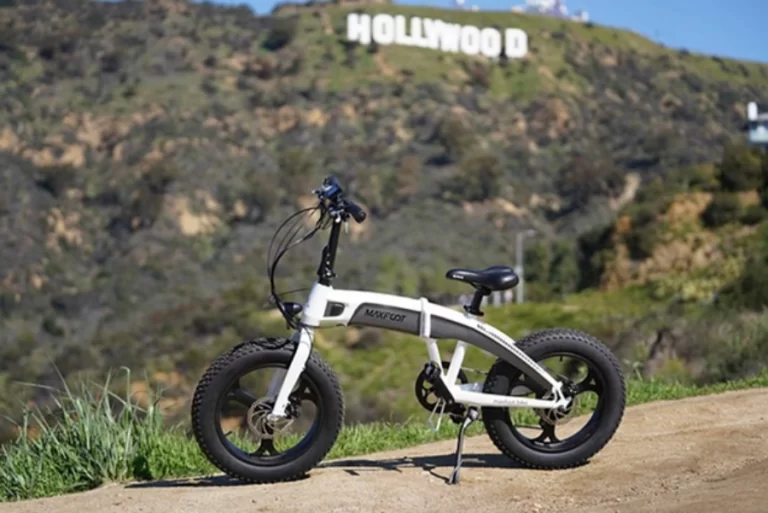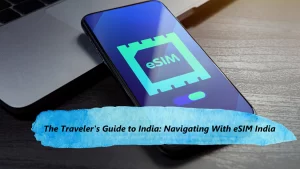Are E-Bikes Waterproof or Not?
Having an e-bike can be quite the handy thing. It allows you to get around faster than you would on a traditional bike without having to make the major investment that comes with leasing or owning a vehicle. The key is to care for your e-bike properly.
In order to properly care for your e-bike, it helps to know whether or not it is waterproof. The short answer is that, no, they are not waterproof. They are water resistant, but the two are not the same and a lack of understanding can lead to damage to your e-bike.
Charging Your Bike
When you first buy an e-bike, you will need to charge it before putting it to use. When you bring it home, get used to the instructions provided by the manufacturer as each is a bit different from the next despite sharing similarities and traits. This is less important if you are renting an e-bike while traveling, but it helps to know anyway.
Make sure that you charge the battery to full after purchasing. This will help kick off the battery cycle and ensure that it is ready to use properly. From there, certain protocols need to be followed to keep the battery healthy for a long time to come.
How Water Resistant are E-Bikes?
Before you head out and start to use your e-bike, it helps to know just how water resistant they really are. The good news is that most modern e-bikes have been equipped to handle a good deal of moisture like rain and puddles.
They aren’t meant to handle full-on nautical excursions, but they will handle splashes, puddles, and light rain with no problem. It all depends on the bike in question, the electrical components within, and how they were manufactured and protected.
Some e-bikes even come with enhanced features that make them even more water resistant. These are specifically aimed at cyclists who like to go on outdoor activities with exposure to various weather conditions and those who enjoy more rugged terrains.
Keep in mind that those models tend to fall on the high end of the spectrum and will cost a bit more. That is because they are manufactured to handle specific activities like mountain biking, generally coming equipped with better durability, reliability, and protection against moisture.
IP Rating
In order to understand just how well your e-bike handles water and dust, you should get familiar with the IP rating system. This tells you just how good your bike will be at handling those potentially treacherous elements. The first digit is your protection against solid (0-6) and the second is protection against liquids (0-8).
Batteries. Batteries are the most critical aspect of choosing an e-bike, so pay attention to their IP ratings. You will generally find them in the IP65 to IP67 range. The former indicates that the battery is dust-proof and capable of handling water jets while the latter can actually handle brief immersions – up to 1 meter for 30 minutes.
Displays. Some e-bikes come with digital displays. You will find IP ratings on these as well. A rating of IP65 means resistance to water jets and total dust protection. That said, most of the ones you will find will have lower ratings and won’t offer much in protection.
Motors. Finally, motors have ratings as well. IP65 is about standard and ensures that the motor will perform reliably when exposed to the majority of weather conditions. That said, motors should not be submerged in water for any amount of time.
How Testing the Water Resistance of E-Bikes Works
IP ratings for each of these components don’t come easily. E-Bike manufacturers put a lot of time and research into these ratings, ensuring that they are as accurate as possible for a greater level of consumer confidence. These tests are meant to simulate the various levels of water exposure that an e-bike may face in the real world.
One of the most common testing methods involves spraying each of the components with water jets. These jets are sprayed at a number of angles and pressures, and the e-bikes are even briefly submerged. The idea here is to simulate riding in the rain and even through some puddles.
Lab tests are a good place to start, but there is nothing to replace real-world applications. Other factors like vibration, road debris, and temperature each have an impact on how stress affects components and seals. Checking out an e-bike’s IP ratings will give you a good idea of how well the bike will hold up even if it isn’t necessarily a guarantee.
Factors That Can Impact an E-Bike’s Water Resistance
It is important to remember that not all e-bikes are created equally when it comes to water resistance. There are a few key factors to consider when it comes to knowing how much rain or splashing your e-bike can stand up to.
Materials. At the heart of it all, you can’t have quality water resistance in an e-bike without the proper materials. More often than not, stainless steel or aluminum is used to make components in order to provide greater resistance to rust than other metals offer. You will also find rubber and plastic seals, which are critical for keeping water out of areas that are more sensitive to exposure to water like electronic components.
Protection. The very best of the best e-bikes are designed with the idea of protection in mind. The goal is to keep wiring from being exposed and will make use of high-quality seals around the most critical connections. Keep your eye out for e-bikes that have accessories or casings that completely cover things like the motor and battery, utilizing tight seam construction in order to keep access to those entry points limited.
Role of the Manufacturer. As is the case with any product, the most reputable manufacturers have a history of rigorous testing and quality control. Without it, products can’t meet high quality standards when it comes to water resistance. Well-known brands may cost a bit more but that’s because there is greater reassurance regarding quality.
Maintenance is Important
It is important to remember that even the most water-resistant e-bikes are only that – resistant. It does not mean that they are waterproof, and it is critical to give your e-bike the attention that it requires. Neglecting your e-bike is the fastest way to find yourself looking for a replacement.
Make sure to regularly check out seals for wear and tear, dry off your bike after a particularly wet ride, and make sure to consider how storage conditions play a role in the lifespan of an e-bike. Maintenance is critical for any piece of equipment, let alone those that have components that could become damaged due to a lack of care.
While IP rating is important, it doesn’t mean that the e-bike is invulnerable. When it comes to IP rating, the weakest component in the entire system will determine the overall level of water resistance. Having a covered battery is great, but it becomes less valuable if there are wiring connections that aren’t seal properly, seeing them exposed to the elements regularly.







You must be logged in to post a comment.